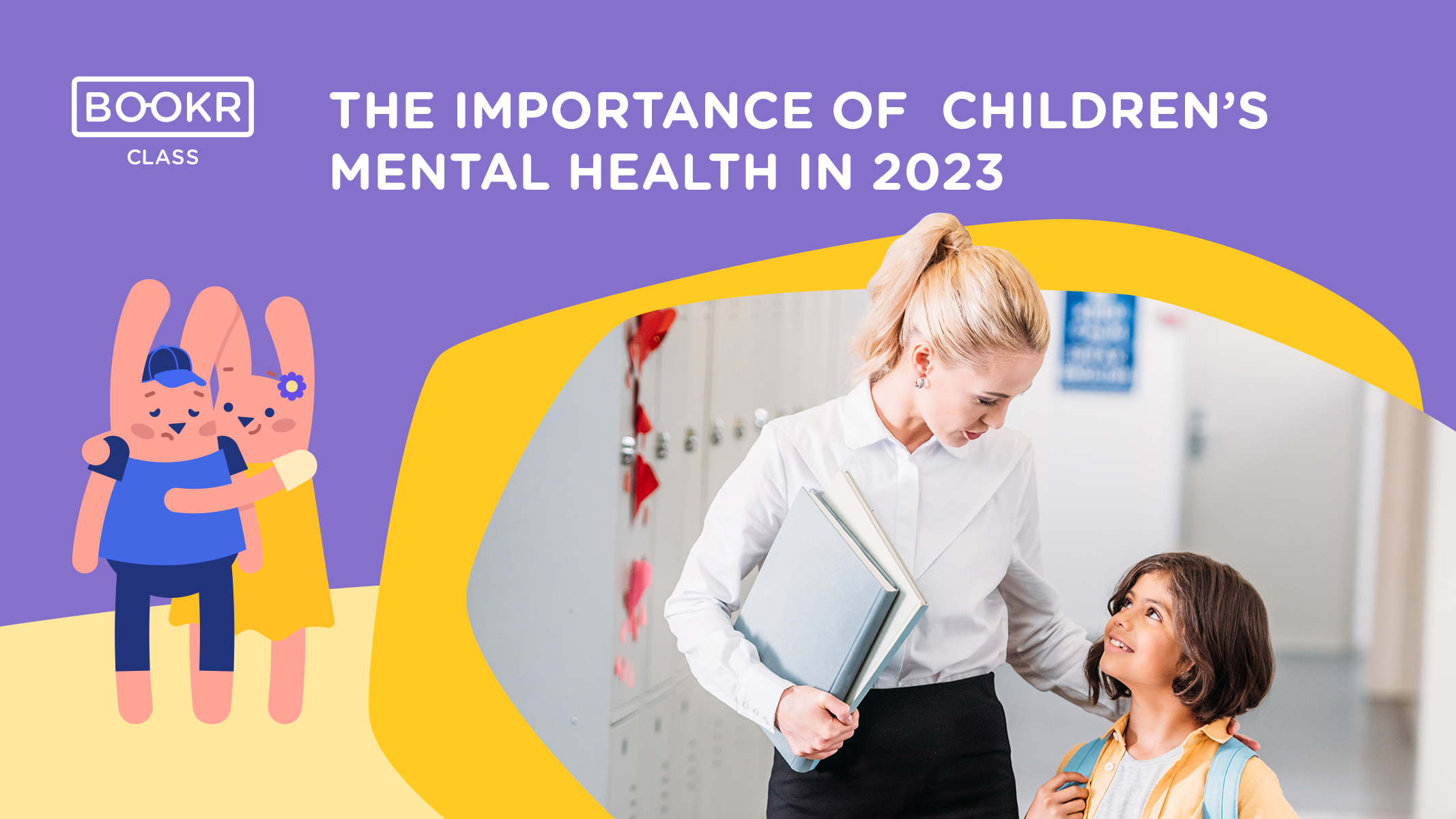From 6 levels to 9 – An innovation in the BOOKR Class leveling system
Leveling Up: Maximizing Student Achievement with 9 Levels in BOOKR Class
Welcome to an exciting new chapter in the world of English language education with BOOKR Class! Over the past years, we have embarked on a journey of discovery, learning from the experiences of our users, and gaining valuable insights into effective teaching practices. Today, we are thrilled to share with you a significant development that will revolutionize the way we approach language learning: the introduction of 9 levels in the BOOKR Class Library instead of 6.
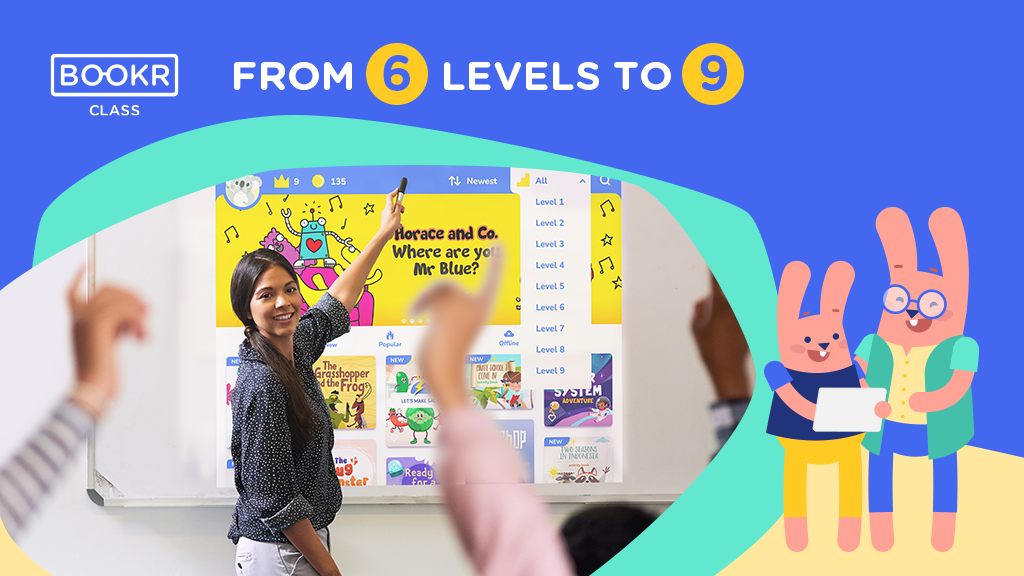
Table of content
With the introduction of these additional levels, our educational team aims to bring a new level of nuance and depth to the BOOKR Class Library, creating a more tailored and comprehensive learning journey for each and every student.
So, why the switch to 9 levels, and how will it benefit you as an English as a Foreign Language (EFL) teacher? Let’s delve into the advantages and possibilities that this expansion brings to the classroom.
Change, based on your feedback
During the past 2 years since BOOKR Class 2.0 came out, we have learnt and experienced a lot about the functioning of the library, the habits of our users and the teaching practices.

To better nuance the BOOKR Class Library, our educational team decided to extend the currently available 6 levels to 9 levels, introducing new “transition levels”.
Target & CEFR levels remain the same
The target age group will remain 4-14, and the proficiency level from pre-beginner to intermediate (pre-A1 to B2), but with more nuance and transition between levels.
The benefits of 9 levels
Why switch to 9 levels and how does it benefit your work as an EFL teacher?
With 9 levels instead of 6, teachers can provide a more nuanced and differentiated learning experience for their students. Different students have different levels of proficiency and progress at different rates, so having more levels allows teachers to better tailor the content to each student’s needs and abilities.
By increasing the levels, the content can cover a wider range of language skills, such as vocabulary, grammar, and reading comprehension. This can help students develop their English language skills in a more comprehensive and structured manner, building a solid foundation for their language development.

More levels provide teachers with greater flexibility in lesson planning. They can easily adjust the content and difficulty level based on their students’ progress and needs, allowing for a more adaptive and personalized approach to English language instruction.
Having more levels allows for more accurate assessment and monitoring of students’ progress. Teachers can easily track students’ performance across different levels, identify areas for improvement, and provide targeted feedback, which can support effective assessment and monitoring of student learning outcomes.
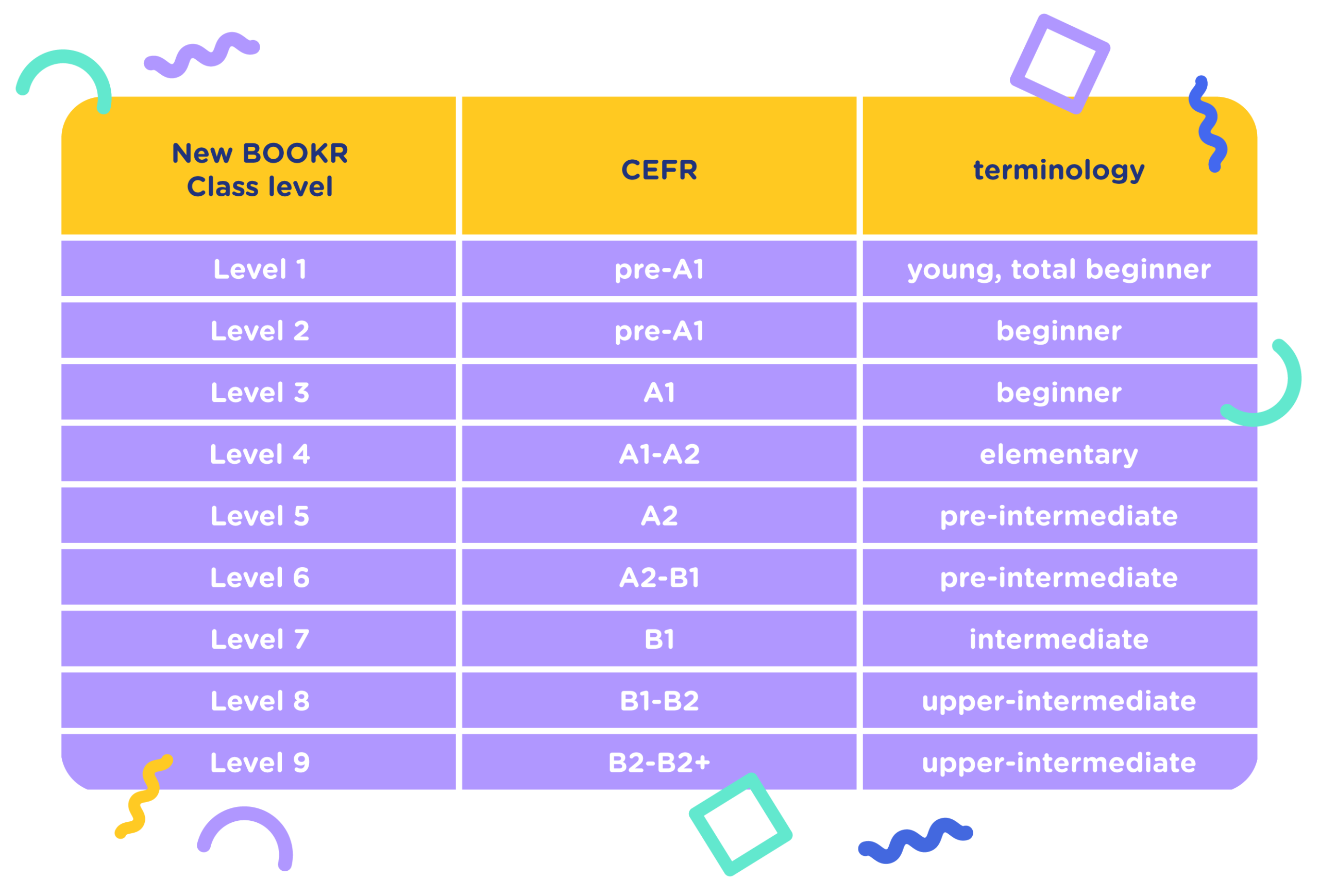
How should you image the CEFR levels aligning with BOOKR Class’s classification of levels? Here’s a cheat sheat, save it, copy it, print it and have it handy if needed.
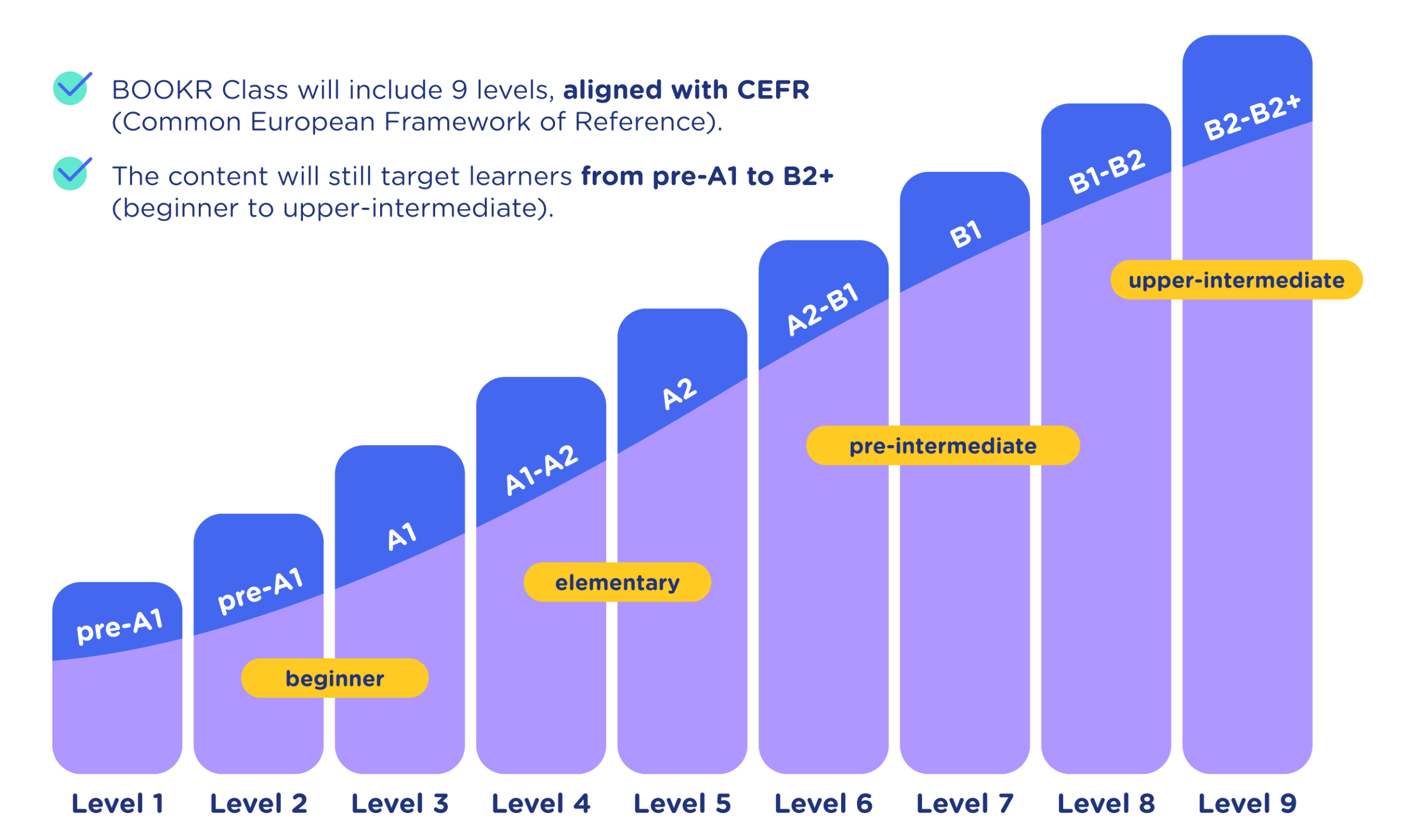
What should you know about the new leveling system?
Levels one by one
Level 1 (pre-A1) - pre-beginner
Level 1 was created for young learners who are encountering the English language for the first time. It aims to familiarize learners with the target language and establish basic skills. Some of the Level 1 books are recommended for ages 0-8 and are tailored to young learners who may not yet have reading skills.

The books
The games
Level 2 (pre-A1) - beginner
Level 2 is designed for beginner learners to get familiar and comfortable with the basics of the English.
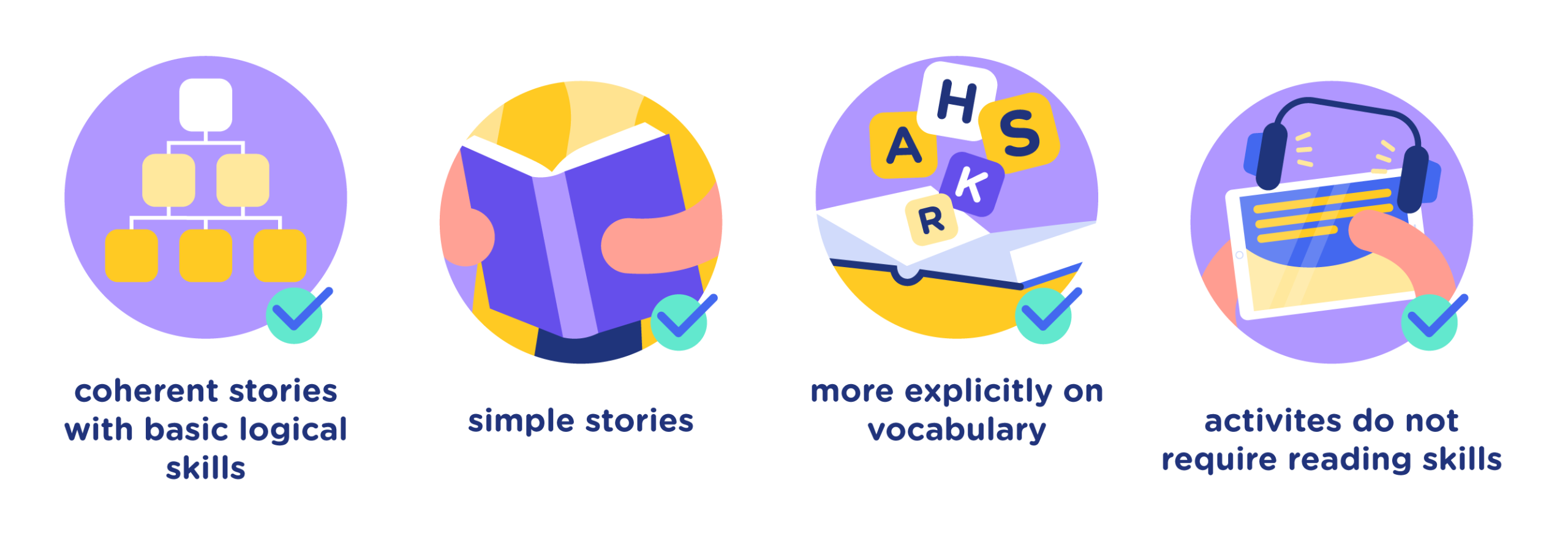
The books
The games
Level 3 (A1) - beginner
Level 3 for beginner learners to improve their confidence with the basics of the English language.
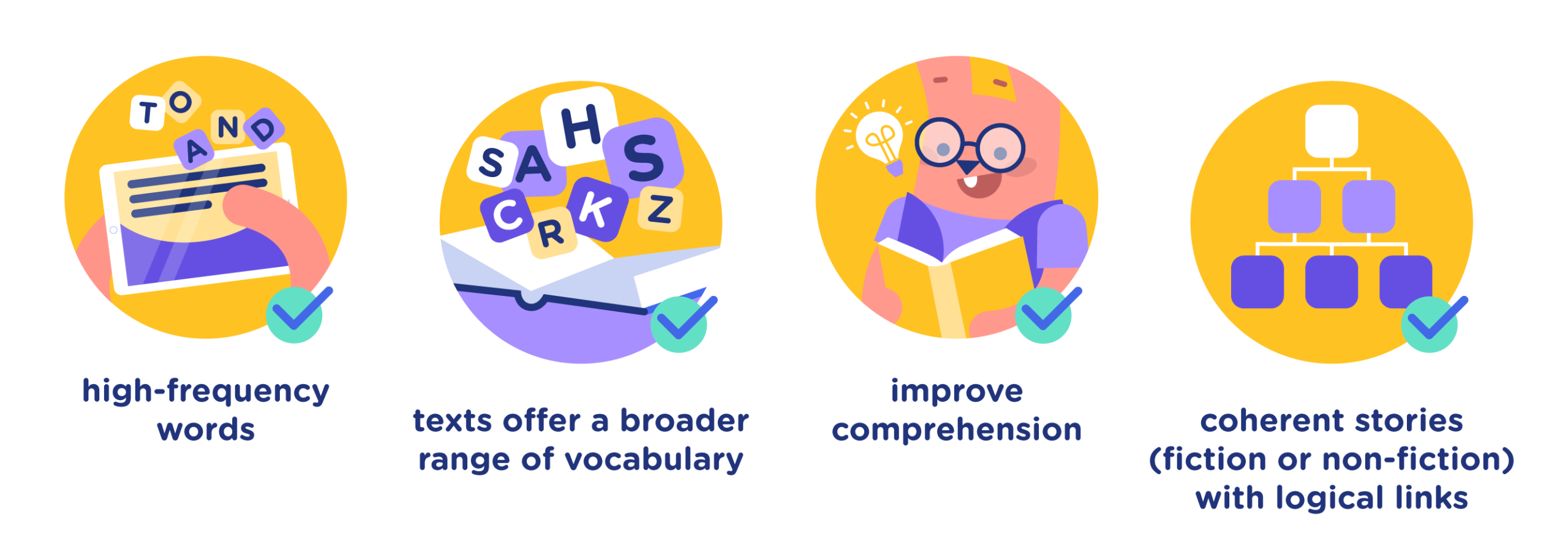
The books
The games
Level 4 (A1-A2) - elementary
Level 4 is designed for beginner learners who seek to improve their language skills.
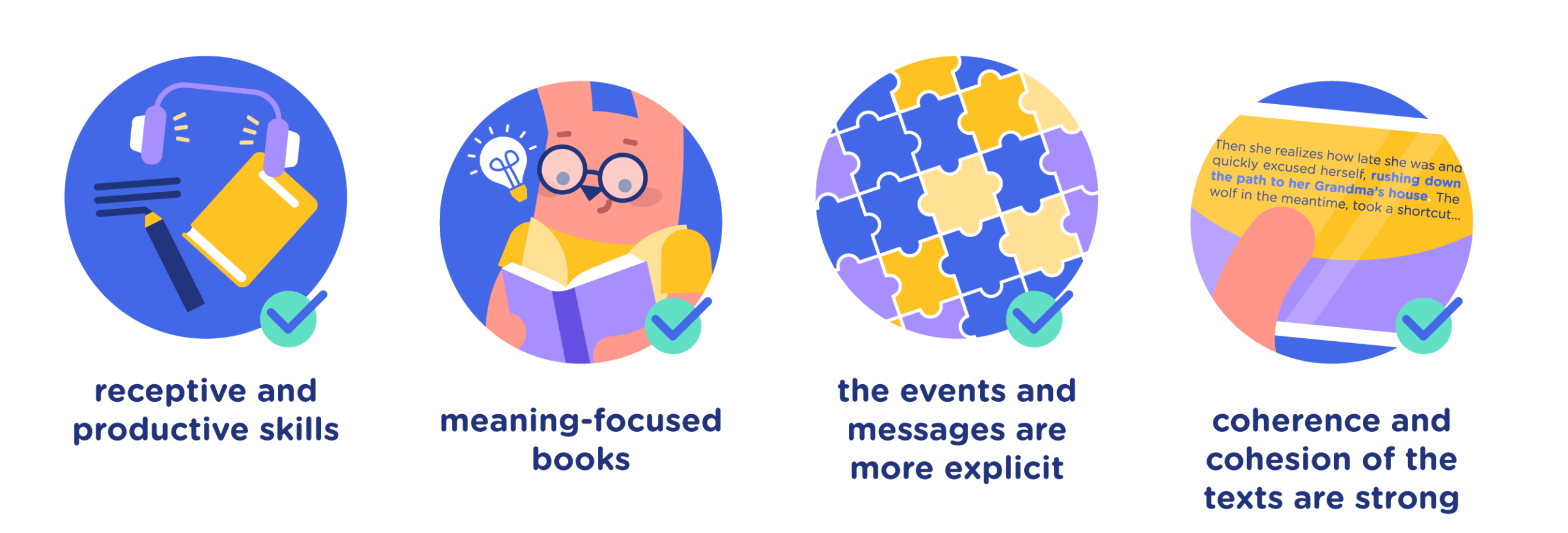
The books
The games
Level 5 (A2) - pre-intermediate
Level 5 is designed for pre-intermediate learners to expand their basic knowledge and improve their language skills
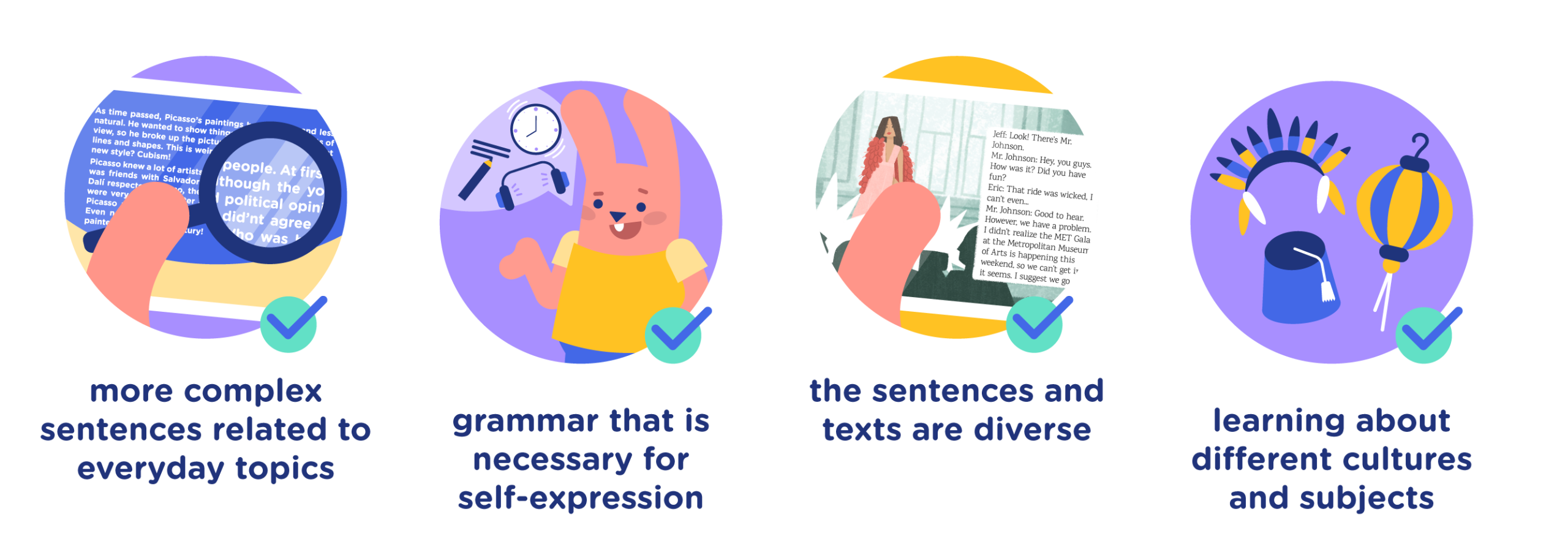
The books
The games
Level 6 (A2-B1) - (pre-)intermediate
Level 6 is designed for pre-intermediate learners to venture beyond their immediate surroundings.
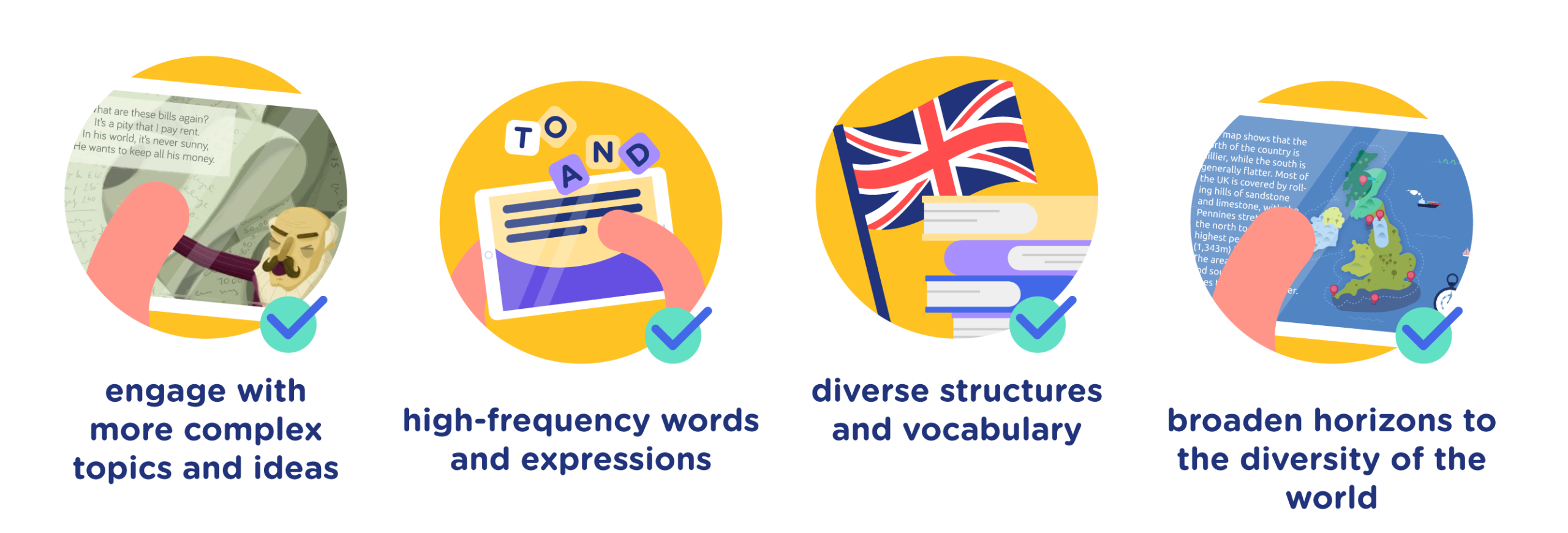
The books
The games
Level 7 (B1) - intermediate
Level 7 for intermediate learners who want to confidently engage with topics beyond their immediate environment.
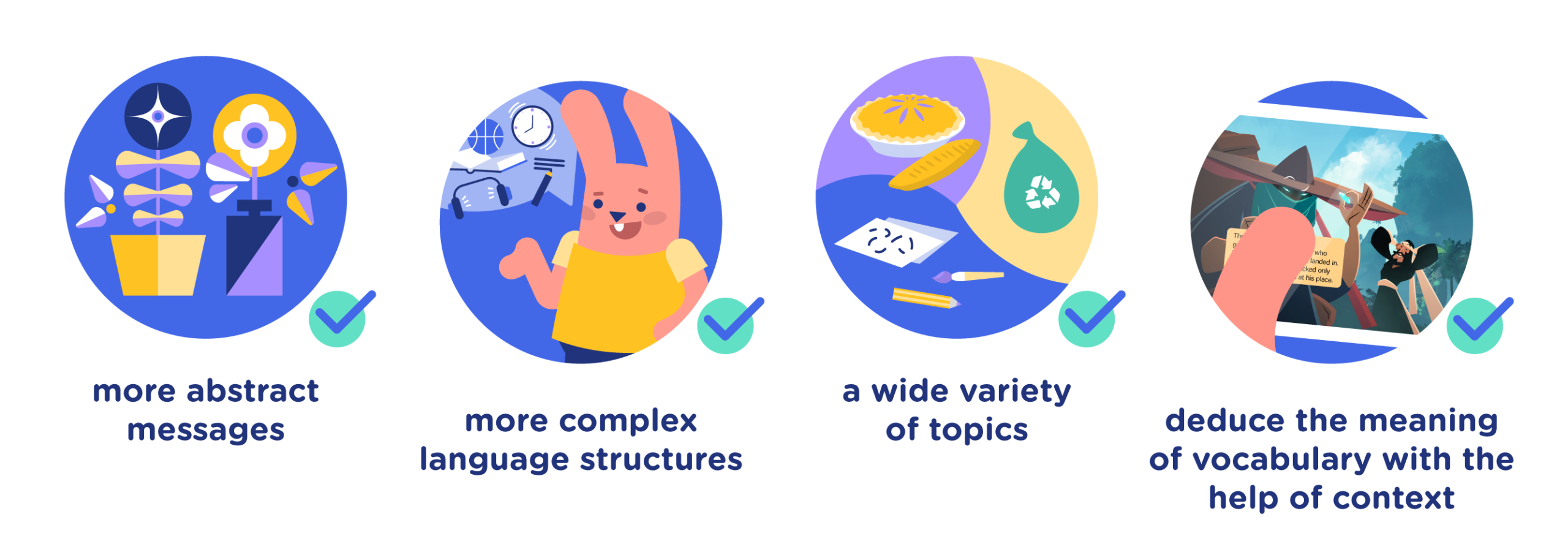
The books
The games
Level 8 (B1-B2) - upper-intermediate
Level 8 is designed for intermediate learners to broaden their vocabulary and familiarity with different genres and registers of the language.
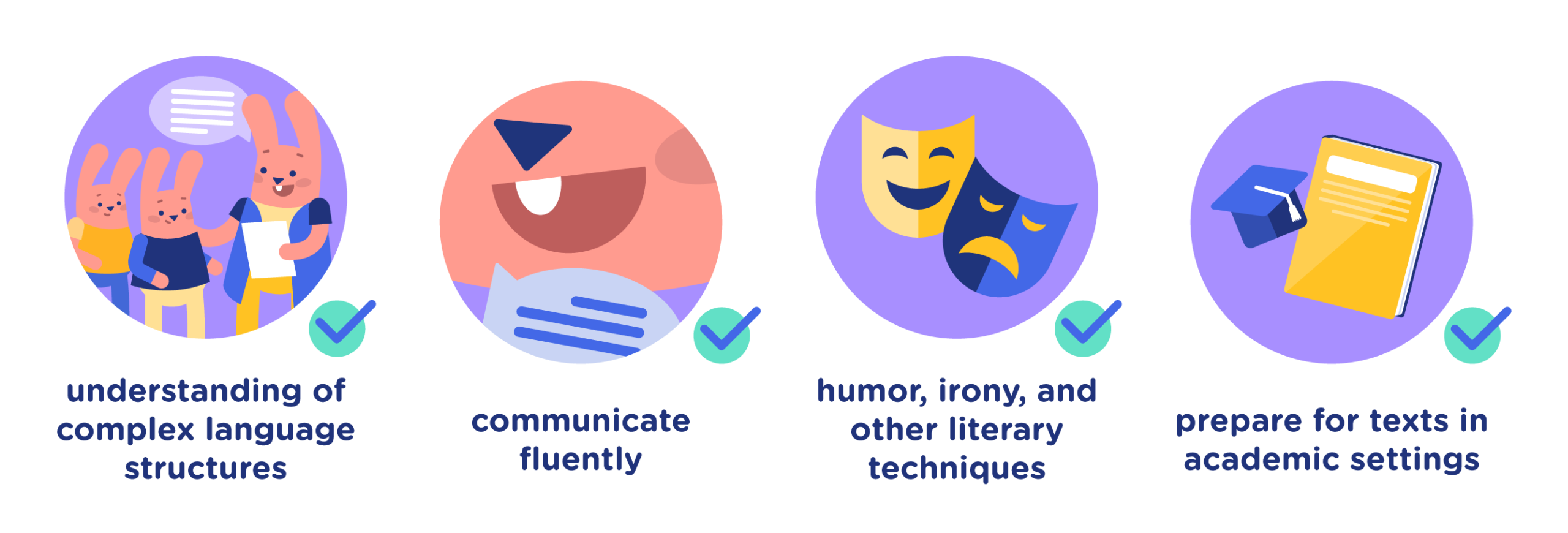
The books
The games
Level 9 (B2, B2+) - upper-intermediate
Level 9 is designed for upper-intermediate learners to dive deeper into various topics.

The books
The games
You might also like...


